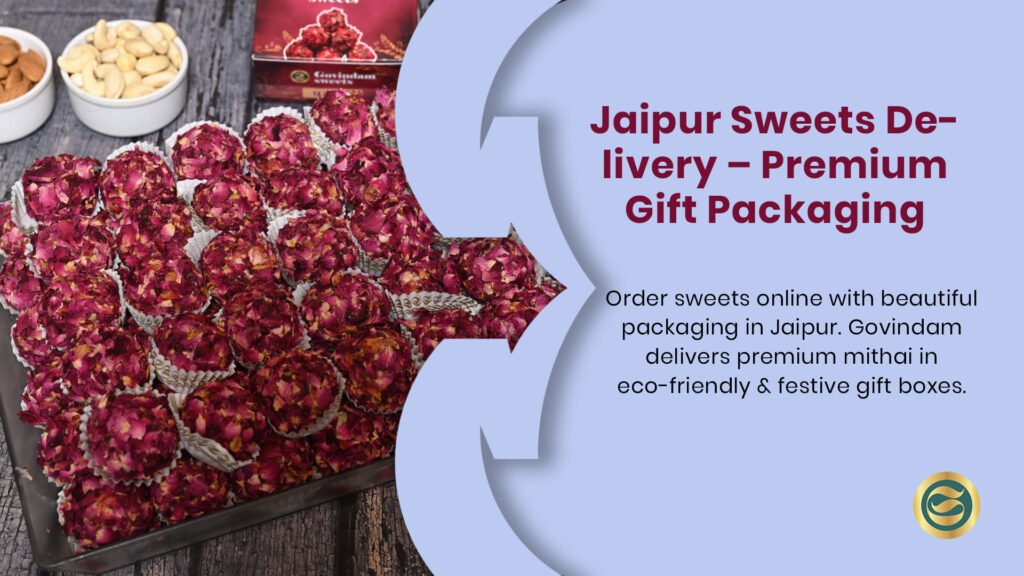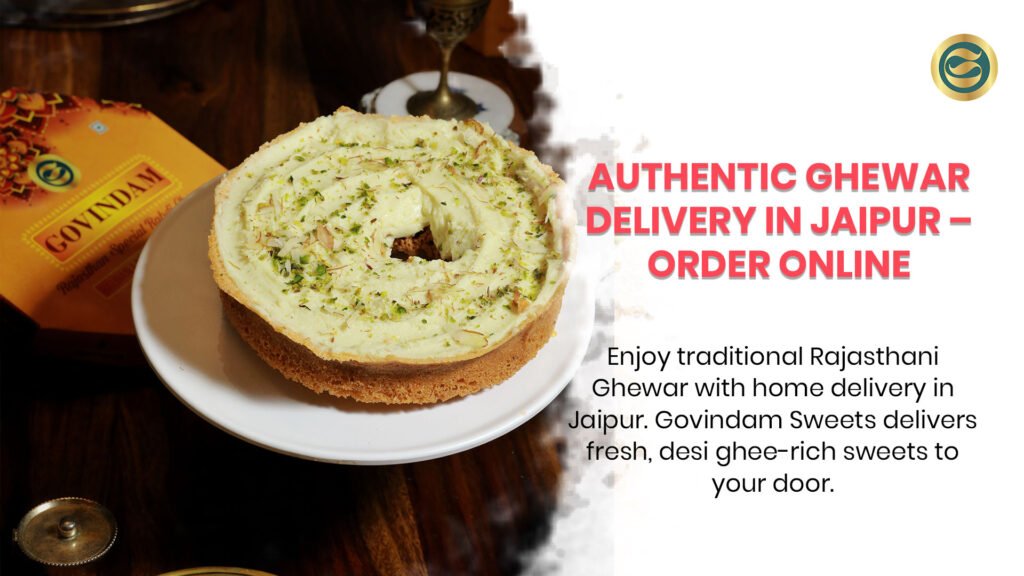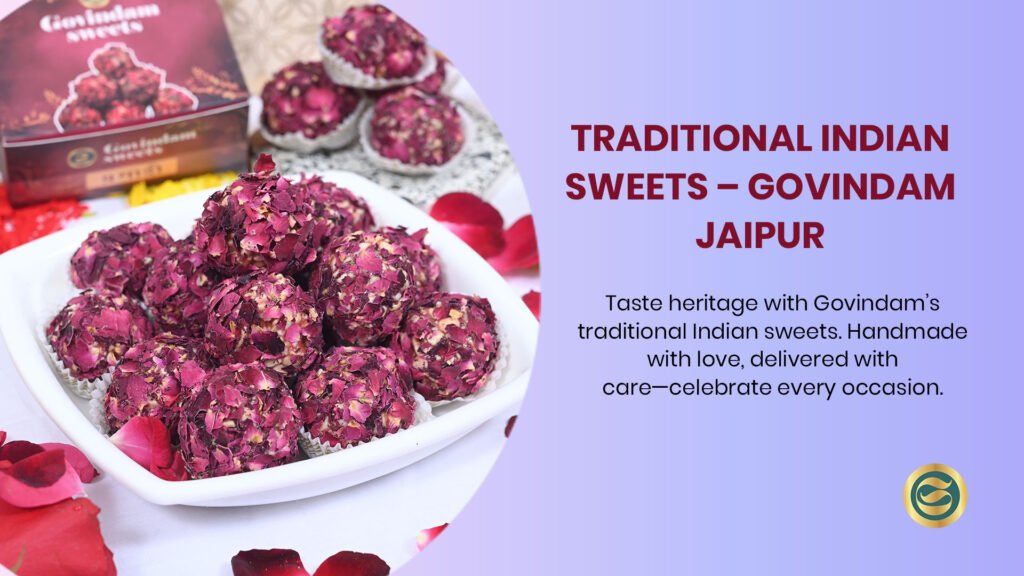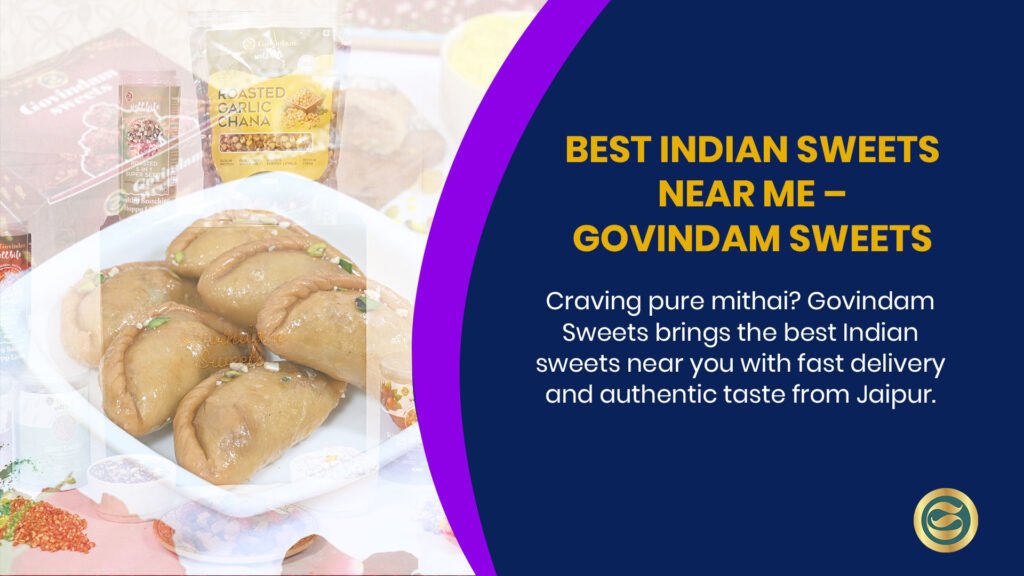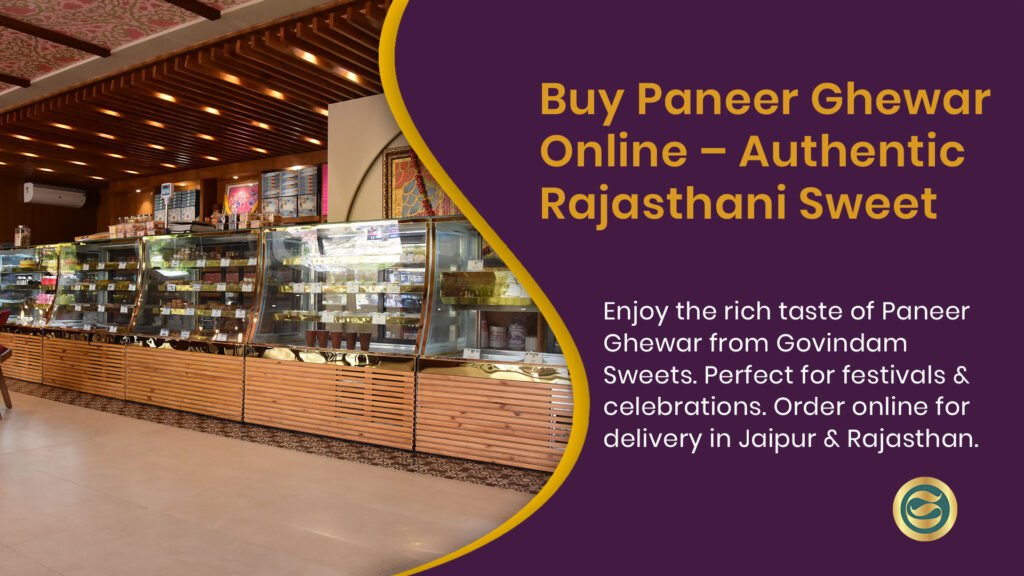Indian Sweets Singapore: Complete Guide to Authentic Mithai 2025

Discover Singapore’s vibrant Indian sweets scene, from traditional mithai shops to modern dessert boutiques. This comprehensive guide explores where to find authentic Indian Sweets Singapore, highlights popular varieties beyond the usual favorites, shares simple recipes for homemade preparation, and explains the cultural significance behind these beloved desi treats.
Indian Sweets Singapore: A Taste of Authentic Tradition
Singapore’s multicultural food landscape offers a delightful array of culinary experiences, with Indian Sweets Singapore representing one of its most colorful and flavorful segments. These traditional confections, known as mithai, have become beloved treats not just within the Indian community but among Singaporeans of all backgrounds who appreciate their unique textures, aromatic spices, and distinctive sweetness.
The mithai scene has evolved significantly in recent years, expanding beyond Little India to establish a presence across the island. From traditional sweet shops maintaining age-old recipes to modern establishments offering contemporary twists on classic favorites, the variety and accessibility of authentic Indian confections have never been greater in Singapore.
“These traditional sweets are more than just desserts—they’re cultural artifacts that tell stories of regional diversity, historical influences, and festive traditions,” explains Dr. Anita Rai, a food anthropologist specializing in South Asian cuisine. “Each mithai has its own history and significance, making them fascinating windows into Indian cultural heritage.”
Market research indicates that demand for authentic Indian confections has grown by 32% since 2023, reflecting both increased interest from non-Indian consumers and a growing expatriate Indian population seeking familiar flavors from home. This trend has inspired both established sweet makers and entrepreneurial newcomers to elevate the quality and presentation of traditional mithai while maintaining their authentic essence.
The Cultural Significance of Indian Sweets Singapore
The world of Indian mithai in Singapore is deeply intertwined with cultural celebrations and important life events:
- Festival connections: Different sweets are associated with specific Indian festivals like Diwali, Holi, and Raksha Bandhan
- Regional identity: Various regions of India have their signature sweets, reflected in the diversity of Indian Sweets Singapore offerings
- Religious significance: Many sweets are prepared as religious offerings before being distributed as prasad
- Life celebrations: Births, weddings, and other milestones are marked with specific mithai varieties
- Hospitality tradition: Offering sweets to guests is a deeply rooted custom in Indian culture
Understanding these cultural dimensions enhances appreciation for these traditional treats beyond their delicious taste. Each sweet carries symbolic meaning and connects consumers to centuries-old traditions that have been carefully preserved and adapted in Singapore’s multicultural context.
Where to Find Authentic Indian Sweets Singapore
The Indian Sweets Singapore landscape offers numerous options for those seeking authentic mithai, from traditional shops to modern confectioners:
Traditional Mithai Shops in Little India
Little India remains the heart of the Indian Sweets Singapore scene, with several establishments that have been serving authentic mithai for generations:
- Moghul Sweet Shop – A venerable institution offering over 50 varieties of Indian Sweets Singapore made fresh daily using traditional methods. Their jalebi and kaju katli are particularly renowned.
- Guru Sweets – Famous for their milk-based Indian Sweets Singapore like barfi and rasgulla, prepared according to recipes passed down through generations.
- Royal Sweets – Specializing in North Indian varieties of mithai, their motichoor ladoo and imarti have earned them a dedicated following among Indian Sweets Singapore connoisseurs.
- Chennai Sweets – Focusing on South Indian specialties, they offer Indian Sweets Singapore varieties like mysore pak and badam halwa that are rarely found elsewhere in the city.
Modern Indian Dessert Boutiques
Beyond traditional establishments, several contemporary venues have reimagined Indian Sweets Singapore for modern palates:
- Mithai Modern – This stylish boutique presents Indian Sweets Singapore with Instagram-worthy presentations and innovative flavor combinations while respecting traditional preparation methods.
- Spice & Sweet – Offering fusion Indian Sweets Singapore that blend traditional mithai with modern influences, such as cardamom-infused chocolate barfi and saffron-rose panna cotta.
- The Indian Confectioner – Known for their premium gift boxes of Indian Sweets Singapore, perfectly portioned and elegantly packaged for corporate gifting and special occasions.
Indian Restaurants with Notable Sweet Selections
Many restaurants now feature impressive Indian Sweets Singapore offerings:
- Taj Authentic Indian – Their dessert menu showcases regional Indian Sweets Singapore specialties not commonly found elsewhere, with detailed descriptions of their cultural significance.
- Punjab Grill – This upscale establishment offers refined versions of classic Indian Sweets Singapore, including a luxurious 24-karat gold-topped gulab jamun.
- Masala Story – Known for their contemporary take on Indian Sweets Singapore, including deconstructed versions of traditional favorites that surprise and delight diners.
“What distinguishes the best Indian Sweets Singapore vendors is their commitment to authentic techniques and quality ingredients,” notes renowned chef Vikram Shankar. “The finest mithai makers still prepare their sweets in small batches, using fresh milk, real nuts, aromatic spices, and traditional reduction methods rather than taking shortcuts.”
Most Popular Indian Sweets Singapore Varieties
The Indian Sweets Singapore universe is incredibly diverse, with hundreds of varieties reflecting different regions and cultural traditions:
Milk-Based Favorites
Many beloved Indian Sweets Singapore varieties are crafted from milk solids:
- Gulab Jamun – Deep-fried milk solids soaked in rose-scented syrup, these soft, juicy spheres are among the most popular Indian Sweets Singapore options.
- Rasgulla – Spongy cheese balls soaked in light syrup, offering a delicate sweetness and unique texture that has made them a staple in Indian Sweets Singapore shops.
- Barfi – Available in countless variations from chocolate to pistachio, these firm milk-based sweets are among the most versatile Indian Sweets Singapore offerings.
- Kulfi – Often described as Indian ice cream, this dense, slow-frozen dessert comes in flavors like malai (cream), mango, and pistachio.
- Rasmalai – Flattened cheese patties soaked in creamy, cardamom-infused milk, offering a sophisticated flavor profile that appeals to many Indian Sweets Singapore enthusiasts.
Flour and Grain-Based Delights
Another category of Indian Sweets Singapore features preparations based on various flours and grains:
- Ladoo – Ball-shaped sweets that come in numerous varieties including besan (gram flour), atta (wheat flour), and coconut.
- Jalebi – Crispy, pretzel-shaped deep-fried sweets soaked in saffron syrup, recognizable by their bright orange color and syrupy texture.
- Mysore Pak – A rich, melt-in-the-mouth sweet made from gram flour, ghee, and sugar, popular in South Indian Indian Sweets Singapore collections.
- Halwa – Available in numerous variations including gajar (carrot), suji (semolina), and moong dal (split green gram).
For those interested in exploring festive specialties, many shops offer Festival Special collections featuring seasonal Indian Sweets Singapore varieties associated with particular celebrations.
Nut-Based Specialties
Premium Indian Sweets Singapore often feature nuts as primary ingredients:
- Kaju Katli – Diamond-shaped cashew fudge, often topped with edible silver foil, representing the luxury tier of Indian Sweets Singapore.
- Badam Barfi – Almond fudge infused with cardamom, offering a rich flavor and substantial texture.
- Pista Rol – Rolled sheets of pistachio fudge, showcasing the vibrant green color of the nuts.
“The variety of Indian Sweets Singapore available today is remarkable,” observes food historian Maya Patel. “What’s particularly interesting is how each sweet retains its cultural authenticity while adapting subtly to local Singaporean tastes and ingredient availability.”
Indian Sweets Singapore Delivery Options
For those who prefer convenience, numerous Indian Sweets Singapore delivery services bring authentic mithai right to your doorstep:
Specialized Indian Sweets Delivery
Several businesses focus exclusively on delivering Indian Sweets Singapore:
- Mithai Express – Offering same-day delivery of fresh Indian Sweets Singapore across the island, with special packaging to maintain freshness.
- Sweet Traditions – Their subscription service delivers curated boxes of Indian Sweets Singapore monthly, introducing customers to regional specialties and seasonal favorites.
- Desi Delights – Specializing in made-to-order Indian Sweets Singapore with customization options for dietary preferences including reduced sugar and vegan alternatives.
Mainstream Platforms Featuring Indian Sweets
Major food delivery services have embraced the Indian Sweets Singapore category:
- Deliveroo – Features several premium Indian Sweets Singapore vendors with detailed menus and transparent ingredient listings.
- GrabFood – Their “Sweet Treats” category includes numerous Indian Sweets Singapore options from both dedicated sweet shops and restaurants.
- Foodpanda – Offers a “Desserts & Sweet Treats” filter that helps locate the best Indian Sweets Singapore vendors in any neighborhood.
“Online delivery has transformed the Indian Sweets Singapore market,” explains digital food entrepreneur Rahul Menon. “Traditionally, people would visit specific shops in Little India, but now authentic mithai is available island-wide with just a few taps. This has both expanded the customer base and encouraged vendors to maintain quality and freshness to build online reputations.”
For businesses interested in entering the Indian Sweets Singapore market, some established brands offer Franchise Details for entrepreneurs looking to join this growing culinary segment.
Make Your Own Indian Sweets Singapore: Home Recipes
Creating Indian Sweets Singapore at home allows for customization and the satisfaction of preserving cultural traditions. Here are approachable recipes for beginners:
Simple 3-Ingredient Indian Sweets
Even novice cooks can create impressive Indian Sweets Singapore with these uncomplicated recipes:
- Easy Coconut Ladoo
- 2 cups desiccated coconut
- 1 can sweetened condensed milk
- 1/2 teaspoon cardamom powder
- Simple Besan Barfi
- 1 cup besan (gram flour)
- 1/2 cup ghee
- 1 cup sugar
- Quick Rava Ladoo
- 1 cup rava (semolina)
- 1/2 cup sugar
- 1/4 cup ghee
Traditional Favorites Made Accessible
With a bit more effort, you can create classic Indian Sweets Singapore varieties:
- Homemade Gulab Jamun
- Milk powder
- All-purpose flour
- Baking soda
- Ghee
- Sugar syrup infused with cardamom and rose water
- Simple Carrot Halwa
- Grated carrots
- Milk
- Sugar
- Ghee
- Cardamom
- Nuts for garnish
“Making Indian Sweets Singapore at home allows you to control ingredients while connecting with cultural traditions,” suggests home chef Priya Sharma. “Start with simpler recipes and work your way up to more complex ones as you gain confidence.”
Health-Conscious Alternatives to Traditional Indian Sweets Singapore
As health awareness grows, modified versions of Indian Sweets Singapore have emerged:
Reduced Sugar Options
- Date-sweetened Ladoos – Using date paste instead of refined sugar
- Jaggery-based Sweets – Substituting traditional sugar with less processed jaggery
- Stevia-sweetened Barfi – Using natural sweeteners for reduced-calorie Indian Sweets Singapore
Dietary-Specific Variations
- Vegan Gulab Jamun – Made without dairy milk
- Gluten-free Besan Ladoo – Naturally free from wheat and safe for those with celiac disease
- Nut-free Options – Alternative Indian Sweets Singapore for those with allergies
“Modern interpretations of Indian Sweets Singapore respect tradition while acknowledging contemporary dietary preferences,” explains nutritionist Dr. Deepa Kumar. “The best adaptations maintain authentic flavors while making thoughtful substitutions that align with health considerations.”
Festive Significance of Indian Sweets Singapore
Indian Sweets Singapore play central roles in various cultural celebrations:
Diwali Specialties
The Festival of Lights features specific Indian Sweets Singapore traditions:
- Kaju Katli – Diamond-shaped cashew fudge symbolizing prosperity
- Motichoor Ladoo – Tiny bead-like sweet associated with good fortune
- Soan Papdi – Flaky sweet often included in gift boxes
Wedding Sweets
Indian weddings incorporate specific Indian Sweets Singapore varieties:
- Jalebi – The intertwined circles symbolize eternal bonds
- Gulab Jamun – Commonly served warm at wedding banquets
- Personalized Sweet Boxes – Custom mithai collections as wedding favors
“Each festival and life celebration calls for specific Indian Sweets Singapore varieties,” notes cultural expert Vikram Gupta. “These traditions have been beautifully preserved in Singapore’s Indian community, with specific mithai carrying symbolic meaning for each occasion.”
The Business of Indian Sweets Singapore
The Indian Sweets Singapore market has evolved into a sophisticated culinary business segment:
Artisanal vs. Commercial Production
The market encompasses various production approaches:
- Handcrafted Small-Batch Production – Traditional mithai makers prioritizing quality over quantity
- Commercial Manufacturing – Larger operations producing Indian Sweets Singapore at scale
- Home-Based Entrepreneurs – Small businesses specializing in regional or family recipes
Packaging and Presentation Trends
Contemporary Indian Sweets Singapore businesses emphasize aesthetics:
- Gift Boxes – Elegantly designed packaging for festive giving
- Eco-Friendly Containers – Sustainable packaging reflecting modern values
- Portion-Controlled Packaging – Individual Indian Sweets Singapore pieces for convenience
“The Indian Sweets Singapore business landscape combines respect for tradition with modern marketing sensibilities,” observes business analyst Anil Sharma. “The most successful vendors balance authentic preparation methods with contemporary presentation and convenience.”
The Future of Indian Sweets Singapore
The Indian Sweets Singapore scene continues to evolve with several emerging trends:
Fusion Innovations
Creative chefs are developing new interpretations of classic Indian Sweets Singapore:
- Global Flavor Influences – Incorporating international elements like matcha, salted caramel, or tropical fruits
- Textural Experiments – Playing with contrasting textures within traditional forms
- Presentation Reimagined – Deconstructed or miniaturized versions of classic Indian Sweets Singapore
Artisanal Revival
Paradoxically, the future also includes a return to the past:
- Single-Origin Ingredients – Premium Indian Sweets Singapore highlighting specific ingredient sources
- Forgotten Recipes – Reviving rare regional varieties not commonly found in typical Indian Sweets Singapore shops
- Documented Heritage – Sharing the stories and history behind traditional recipes
“We’re seeing two simultaneous trends in Indian Sweets Singapore – innovation that pushes boundaries and preservation that honors heritage,” explains food trend analyst Sonia Mehta. “This tension creates a dynamic market that appeals to both traditionalists and those seeking novel experiences.”
Conclusion: Celebrating the Rich Tradition of Indian Sweets Singapore
The vibrant world of Indian Sweets Singapore represents a perfect microcosm of the country’s rich cultural contributions to Singapore’s diverse culinary landscape. From the bustling sweet shops of Little India to elegant dessert boutiques in upscale malls, these colorful confections transcend their role as mere treats to become ambassadors of cultural heritage and tradition.
Whether you’re seeking authentic mithai for a festive celebration, exploring the cultural significance behind different varieties, or attempting to recreate family recipes at home, the Indian Sweets Singapore scene offers something for everyone. The continued popularity of these traditional sweets, even as Singapore embraces global food trends, speaks to their timeless appeal and the emotional connections they foster.
As Indian Sweets Singapore continue to evolve—becoming more accessible through delivery services, adapting to health-conscious preferences, and experimenting with innovative presentations—they remain anchored in centuries of tradition that celebrate life’s sweetest moments. In every gulab jamun, ladoo, or piece of barfi is a story of cultural heritage preserved and shared across generations and communities in Singapore’s multicultural society.
Frequently Asked Questions About Indian Sweets Singapore
How long do Indian sweets typically stay fresh?
Most Indian Sweets Singapore have a relatively short shelf life compared to Western desserts, particularly milk-based varieties which should be consumed within 2-3 days when kept refrigerated. Dry sweets like ladoo and barfi can last 7-10 days when stored in airtight containers. Quality vendors will always indicate recommended consumption timeframes, and it’s best to purchase Indian Sweets Singapore in quantities you can enjoy while they’re at their freshest.
Are Indian sweets always vegetarian?
Yes, traditional Indian Sweets Singapore are predominantly vegetarian, though not necessarily vegan as many contain dairy products like milk, ghee (clarified butter), or khoya (reduced milk solids). This makes most Indian Sweets Singapore suitable for lacto-vegetarians. Some varieties may contain honey, which certain strict vegetarians avoid. Always check with vendors about specific ingredients if you have dietary restrictions.
What are the most popular Indian sweets for gifting in Singapore?
For gifting purposes, premium Indian Sweets Singapore options like kaju katli (cashew fudge), assorted barfi, and motichoor ladoo are particularly popular. These varieties present well, travel relatively well, and have broad appeal. During festivals like Diwali, elaborate gift boxes of assorted Indian Sweets Singapore are customarily exchanged between families and business associates as symbols of goodwill and prosperity.
Can I find sugar-free Indian sweets in Singapore?
Yes, several Indian Sweets Singapore vendors now offer reduced-sugar or sugar-alternative options. These typically use natural sweeteners like stevia, dates, or jaggery instead of refined sugar. Establishments like Healthy Mithai and Sugar Conscious Indian Delights specialize in adapted Indian Sweets Singapore recipes that maintain traditional flavors while accommodating dietary restrictions or health preferences.
What’s the difference between North and South Indian sweets?
North Indian Indian Sweets Singapore often feature milk solids, wheat flour, and nuts (like barfi, gulab jamun, and jalebi), while South Indian varieties frequently use rice flour, coconut, and jaggery (such as adhirasam, mysore pak, and payasam). South Indian Indian Sweets Singapore typically have more pronounced spice notes from cardamom, saffron, and sometimes nutmeg. Both traditions are well-represented in Singapore’s diverse Indian sweet shops.
Are there any specifically Singaporean adaptations of traditional Indian sweets?
Yes, some interesting local adaptations have emerged in Indian Sweets Singapore. These include durian barfi (incorporating the local favorite fruit), pandan-infused gulab jamun, and fusion creations like bandung (rose syrup) flavored ladoos. These creative adaptations reflect Singapore’s multicultural influences while maintaining the essence of traditional Indian confectionery techniques.



